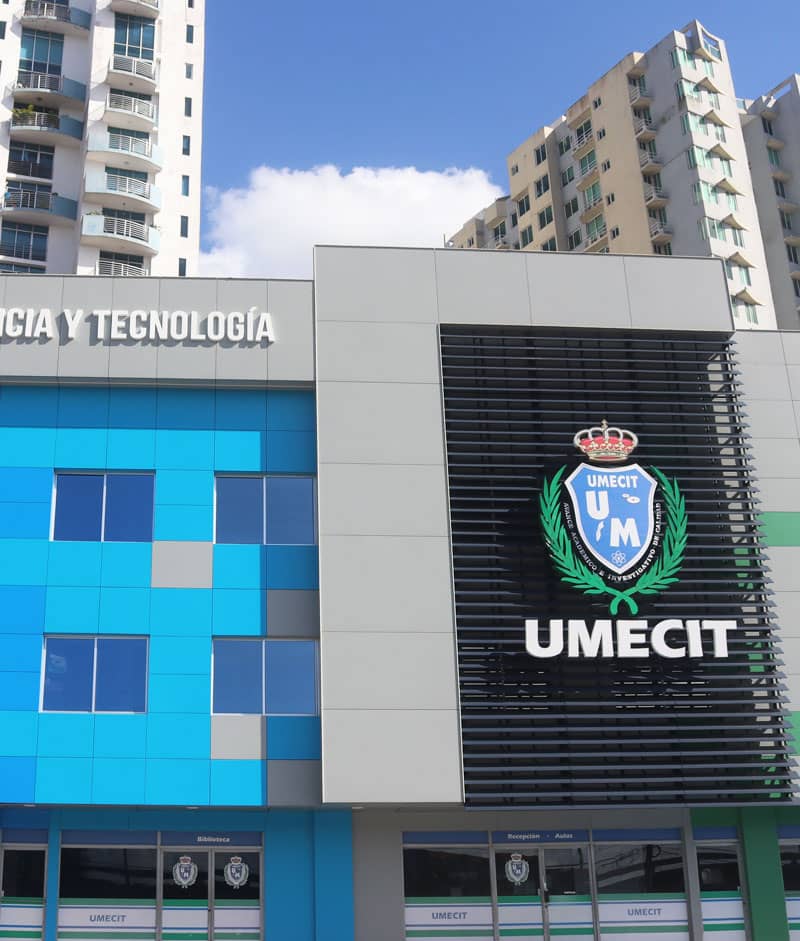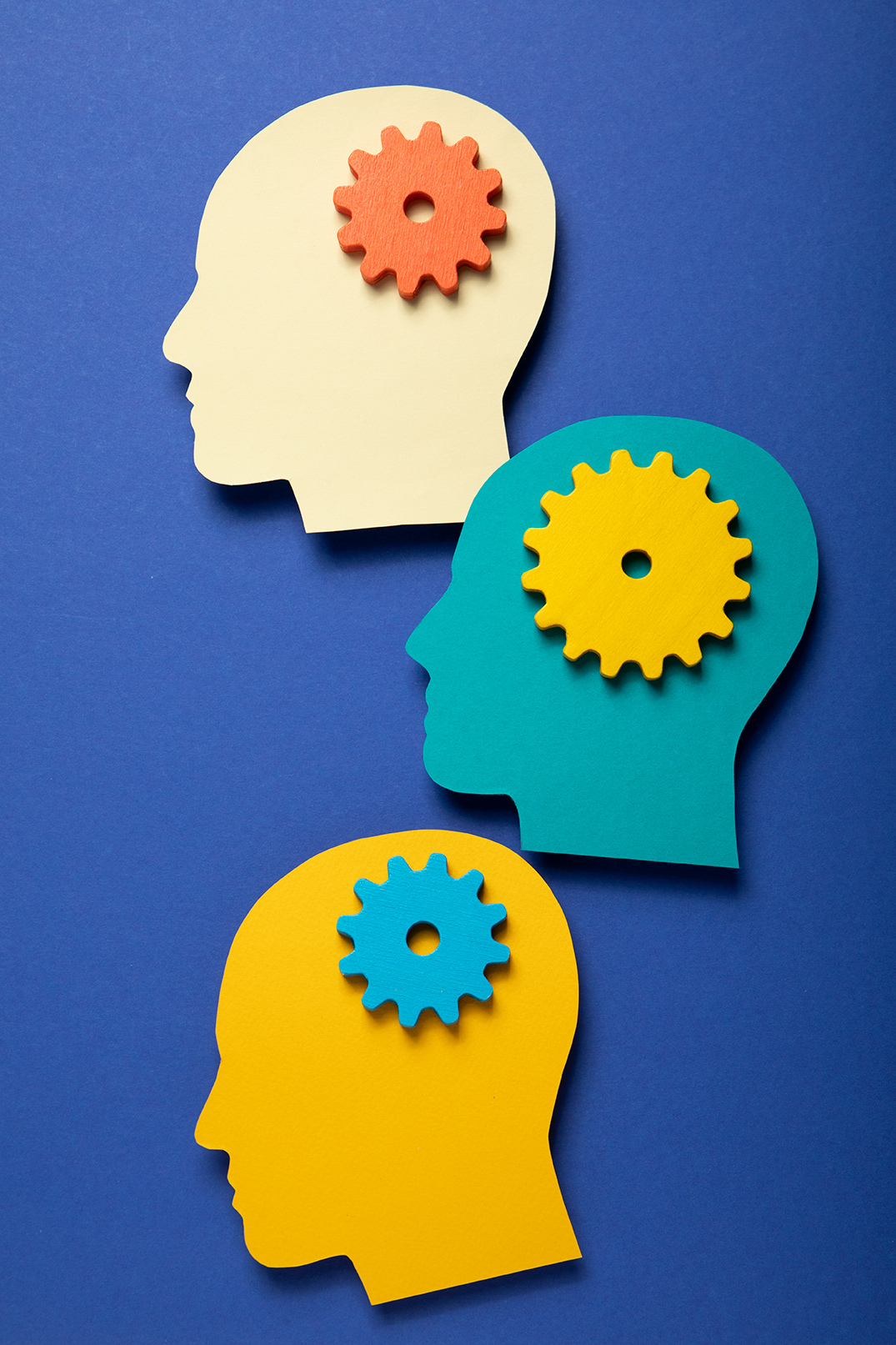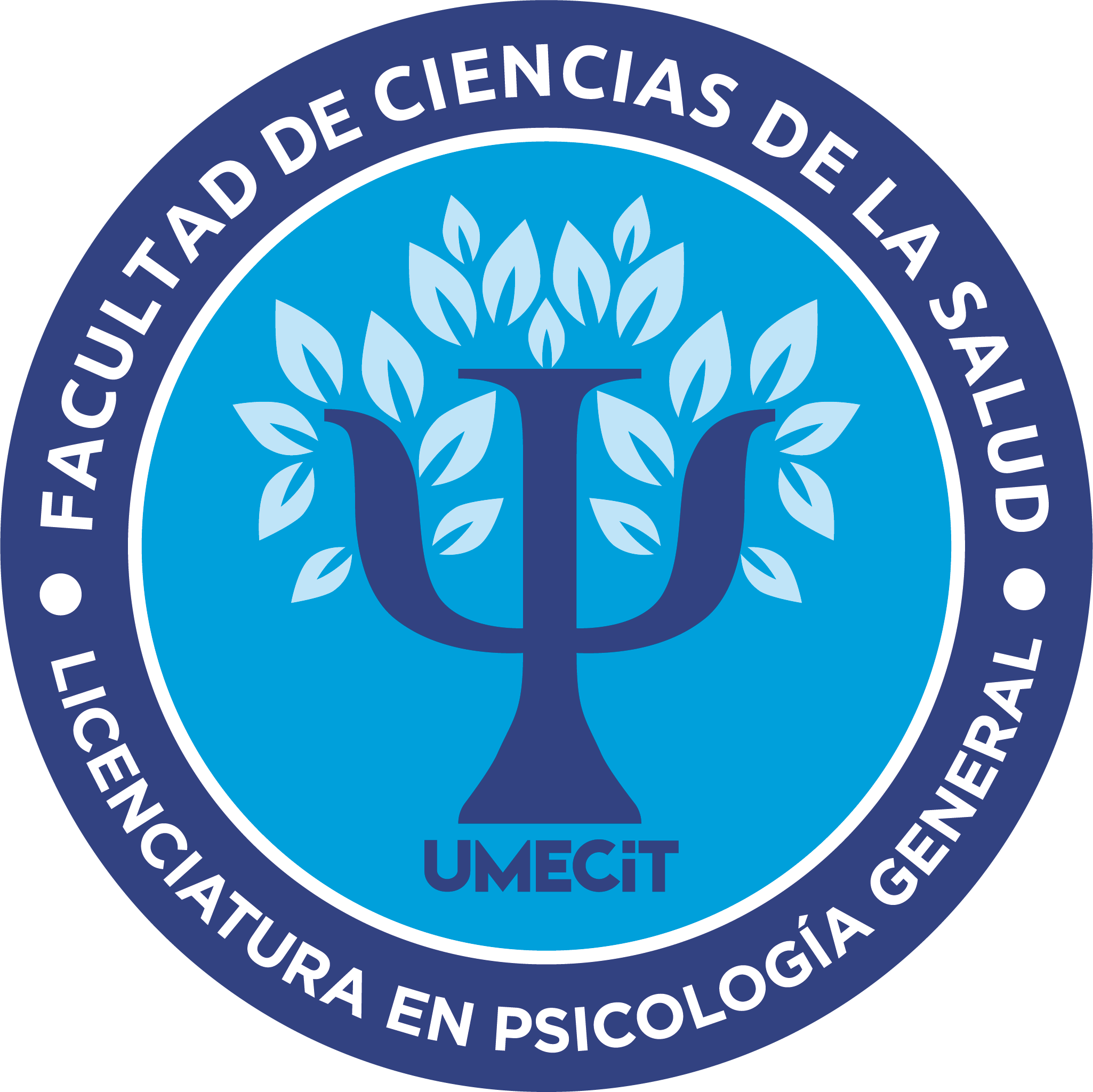"NEUROMIND"
The Semillero de Neuropsicología is a research and study group dedicated to the field of neuropsychology, a discipline that focuses on the study of the relationship between the brain and human behavior. In this space, cognitive and emotional processes are explored, as well as neuropsychological alterations associated with different conditions and disorders.
The seedbed's main objective is to deepen knowledge of neuropsychology, its application in clinical practice and its relevance in the field of health and well-being.



The seedbed is proposed as a space for research and learning, which seeks to understand the theoretical and methodological foundations of neuropsychology, as well as the neurobiological bases that underlie cognitive and emotional processes. Through the exploration of the neuropsychological alterations present in different conditions and disorders, the aim is to improve the understanding of their impact on people's quality of life and to promote the development of more effective therapeutic interventions and rehabilitation programs.
The Neuropsychology Seedbed is committed to generating knowledge and contributing to the advancement of this discipline through research projects, participation in conferences and the publication of scientific research. In addition, academic training and the exchange of ideas among its members are encouraged, promoting a collaborative and enriching learning environment. The seedbed seeks to train professionals who are trained and committed to the practical application of neuropsychology for the benefit of people's health and well-being.
"NEUROMIND"
Explore and understand the theoretical and methodological foundations of neuropsychology, as well as the neurobiological bases of cognitive and emotional processes.
Investigate and analyze the neuropsychological alterations associated with various neurological disorders and conditions, such as cognitive impairment, developmental disorders, brain injuries, among others.
Develop neuropsychological assessment skills, learning to use different assessment tools and techniques to identify and measure people's cognitive and emotional functioning.
Study the practical implications of neuropsychology in the design of therapeutic interventions and rehabilitation programs, with the aim of improving the quality of life of people with neuropsychological disorders.
Promote the dissemination and dissemination of knowledge in neuropsychology through academic activities, such as talks, workshops and scientific publications.
Through these objectives, the neuropsychology seedbed seeks to contribute to the advancement and development of this discipline, promoting academic training, research and the practical application of neuropsychology for the benefit of people's health and well-being.
"NEUROPSYCHOLOGY"
The conceptual and theoretical foundations that provide a baseline for the neuropsychology hotbed include:
Theory of information processing
This theory holds that the human mind processes information in a similar way to a computer processing system, through input, processing, and output stages. It is used in neuropsychology to understand how the brain processes information and how cognitive and emotional processes are affected in different neuropsychological disorders and conditions (Luria, A. R; 1973).
brain plasticity theory
This theory postulates that the brain is capable of modifying its structure and function in response to experience and learning. Brain plasticity is essential for understanding how the brain adapts to and recovers from injury, as well as for developing rehabilitation strategies and intervention programs in neuropsychological disorders (Merzenich, MM, Nelson, RJ, Stryker, MP, Cynader, MS, Schoppmann , A., & Zook, J.M; 1984).
brain systems theory
This theory centers on the idea that different brain areas and networks work together to carry out specific cognitive and emotional functions. How these interconnected networks relate to each other and how they are affected in neuropsychological disorders is investigated, helping to better understand the underlying mechanisms of higher mental processes (Fodor, J. A; 1983).
biopsychosocial model
This approach considers that neuropsychological disorders and conditions are the result of a complex interaction between biological, psychological and social factors. Biological aspects of the brain and genetics are studied, as well as psychological and social factors that influence brain function and human behavior (Engel, GL 1977).
Neuropsychological rehabilitation approach
It is based on evidence that the brain has the ability to recover and reorganize itself after injury or disorder. Specific rehabilitation strategies are developed to improve people's cognitive and emotional abilities, focusing on the restoration, compensation and adaptation of the affected functions Luria, A. R; 1973).
These conceptual and theoretical foundations provide a solid framework for the seedbed of neuropsychology, guiding the investigation, evaluation, and treatment of neuropsychological disorders and conditions, and promoting a deeper understanding of the relationship between the brain and human behavior.


BIBLIOGRAPHY
- Engel, GL (1977). The need for a new medical model: A challenge for biomedicine. Science, 196(4286), 129-136.
- Fodor, J. A. (1983). The modularity of mind: An essay on faculty psychology. MIT Press.
- Luria, AR (1973). The working brain: An introduction to neuropsychology. Penguin Books.
- Marr, D. (1982). Vision: A computational investigation into the human representation and processing of visual information. Freeman.
- McEwen, B.S. (2003). Mood disorders and allostatic load. Biological Psychiatry, 54(3), 200-207.
- Merzenich, MM, Nelson, RJ, Stryker, MP, Cynader, MS, Schoppmann, A., & Zook, JM (1984). Somatosensory cortical map changes following digit amputation in adult monkeys. Journal of Comparative Neurology, 224(4), 591-605.
- Rumelhart, DE, McClelland, JL, & the PDP Research Group. (1986). Parallel distributed processing: Explorations in the microstructure of cognition. MIT Press.
- Sarason, IG, & Sarason, BR (2009). Abnormal psychology: The problem of maladaptive behavior (11th ed.). Pearson.
WHICH ARE IN THE PROCESS OF IMPLEMENTATION FROM THE SEEDBED
Effects of cognitive stimulation in older adults
This project aims to investigate the benefits of cognitive stimulation interventions in older adults to improve cognitive function and prevent age-related cognitive decline.
Relationship between brain plasticity and rehabilitation in patients with brain injuries
This project aims to investigate how brain plasticity is related to the effectiveness of rehabilitation programs in patients who have experienced brain injuries, such as strokes or head injuries.
Evaluation of intervention strategies for children with developmental disorders
This project aims to investigate the effectiveness of different intervention approaches in children with developmental disorders, such as autism spectrum disorder or attention deficit hyperactivity disorder, to improve their cognitive, social and emotional skills.
Study of cognitive and emotional processes in patients with neuropsychiatric disorders
This project aims to investigate cognitive and emotional processes in patients with neuropsychiatric disorders, such as schizophrenia or bipolar disorder, to better understand the underlying mechanisms and develop more effective therapeutic interventions.
Influence of neuroimaging in the diagnosis and treatment of neuropsychological disorders
This project aims to investigate how neuroimaging techniques, such as functional magnetic resonance or electroencephalography, can contribute to early diagnosis and the selection of more individualized treatments for neuropsychological disorders, such as Alzheimer's disease or movement disorders.

RESPONSIBLE FOR THE SEEDBED

teacher in charge
Marcela Arana
Contact: research.health
@umecit.edu.pa

Student leader of the Panama seedbed
Contact: byanethrs@gmail.com
